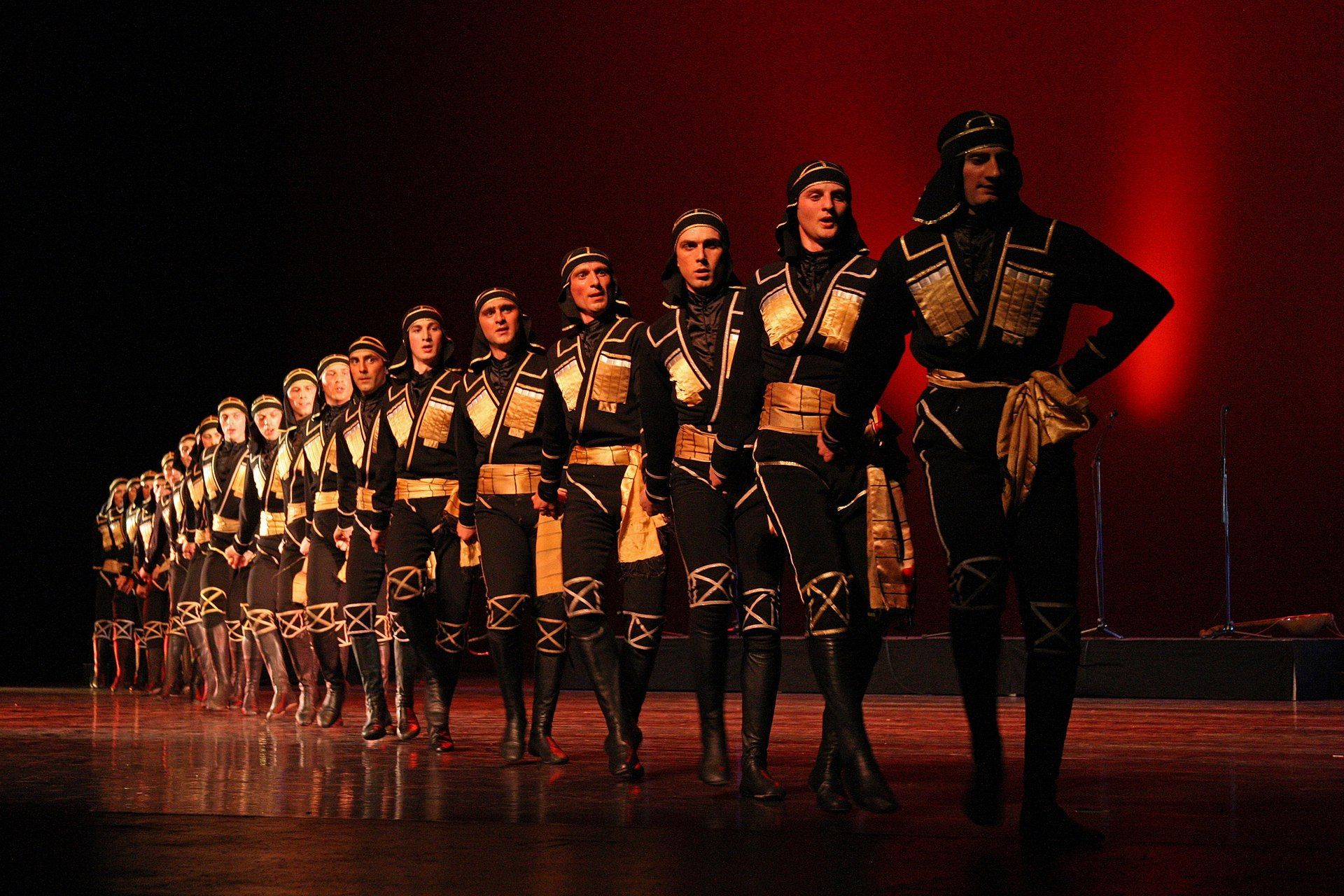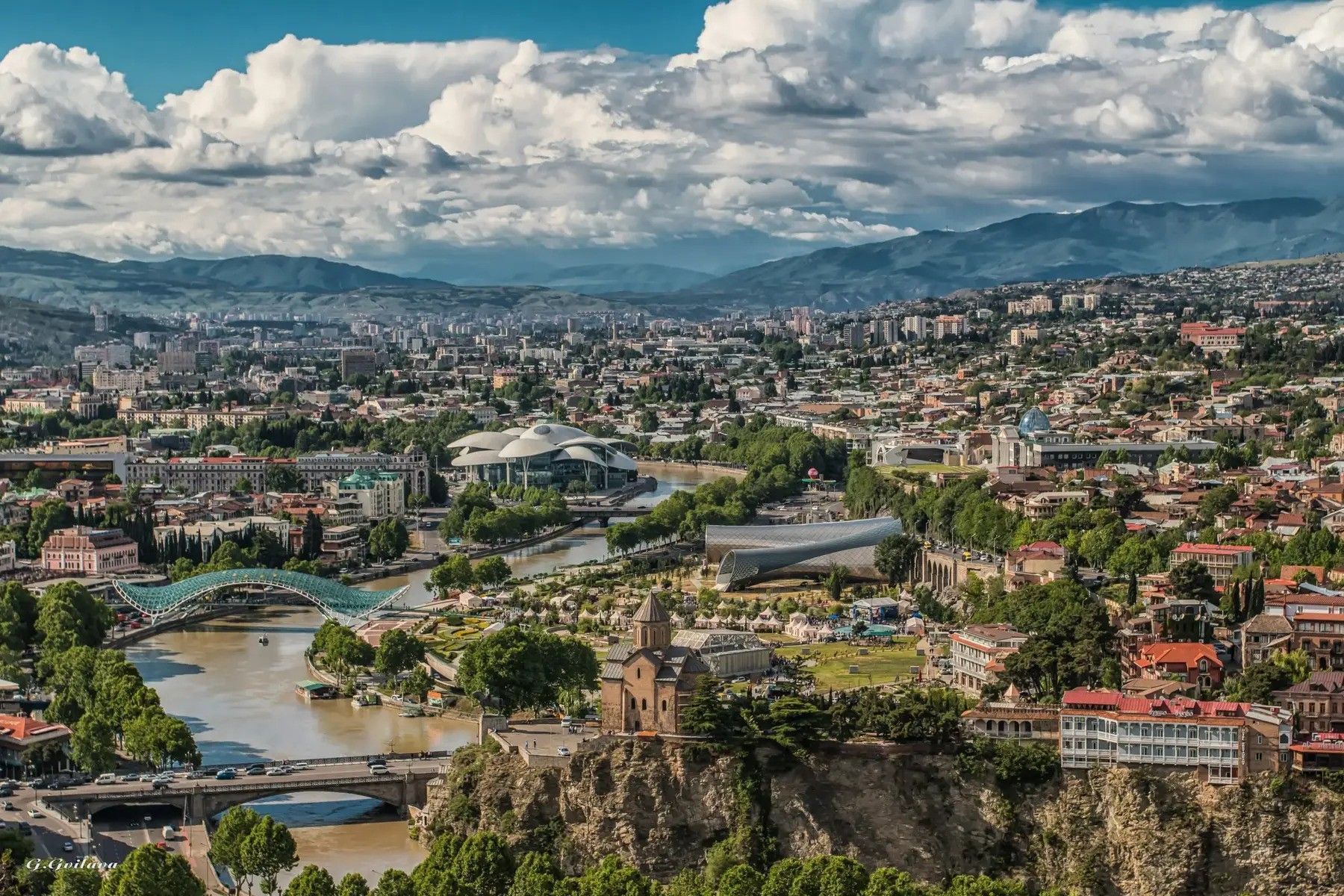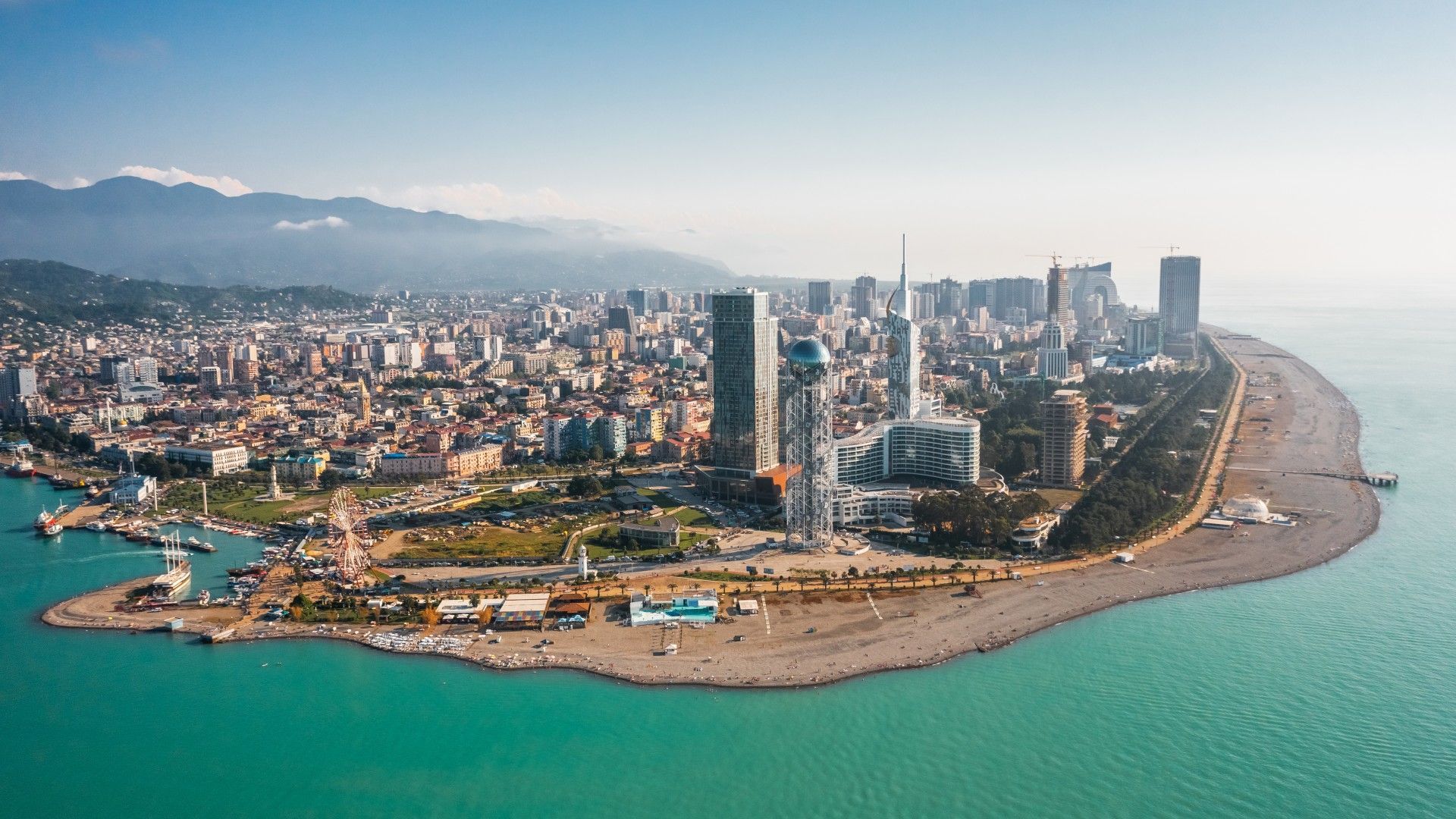Hidden Gems of Georgia: 7 Villages You’ve Probably Never Heard Of
When people think of traveling in Georgia, they often picture the cobbled streets of Tbilisi, the scenic mountains of Kazbegi, or the beaches of Batumi. But beyond these well-known spots lies a whole world of hidden villages in Georgia—quiet, authentic, and breathtakingly beautiful.
If you're looking for off-the-beaten-path Georgia experiences, here are 7 lesser-known villages that will show you the country’s soul.
1. Shatili – Fortress Village in the Clouds
Region: Khevsureti
Why Visit: Shatili looks like it came out of a medieval fantasy novel. Stone towers cling to cliffs, guarding the remote valley like ancient sentinels. The village is nearly untouched by modern life.
How to Get There: From Tbilisi, it’s a 6–7 hour drive. A 4WD is recommended due to the winding and sometimes rough roads.
Where to Stay: Small guesthouses or homestays in the village. Expect basic amenities—but warm hospitality.
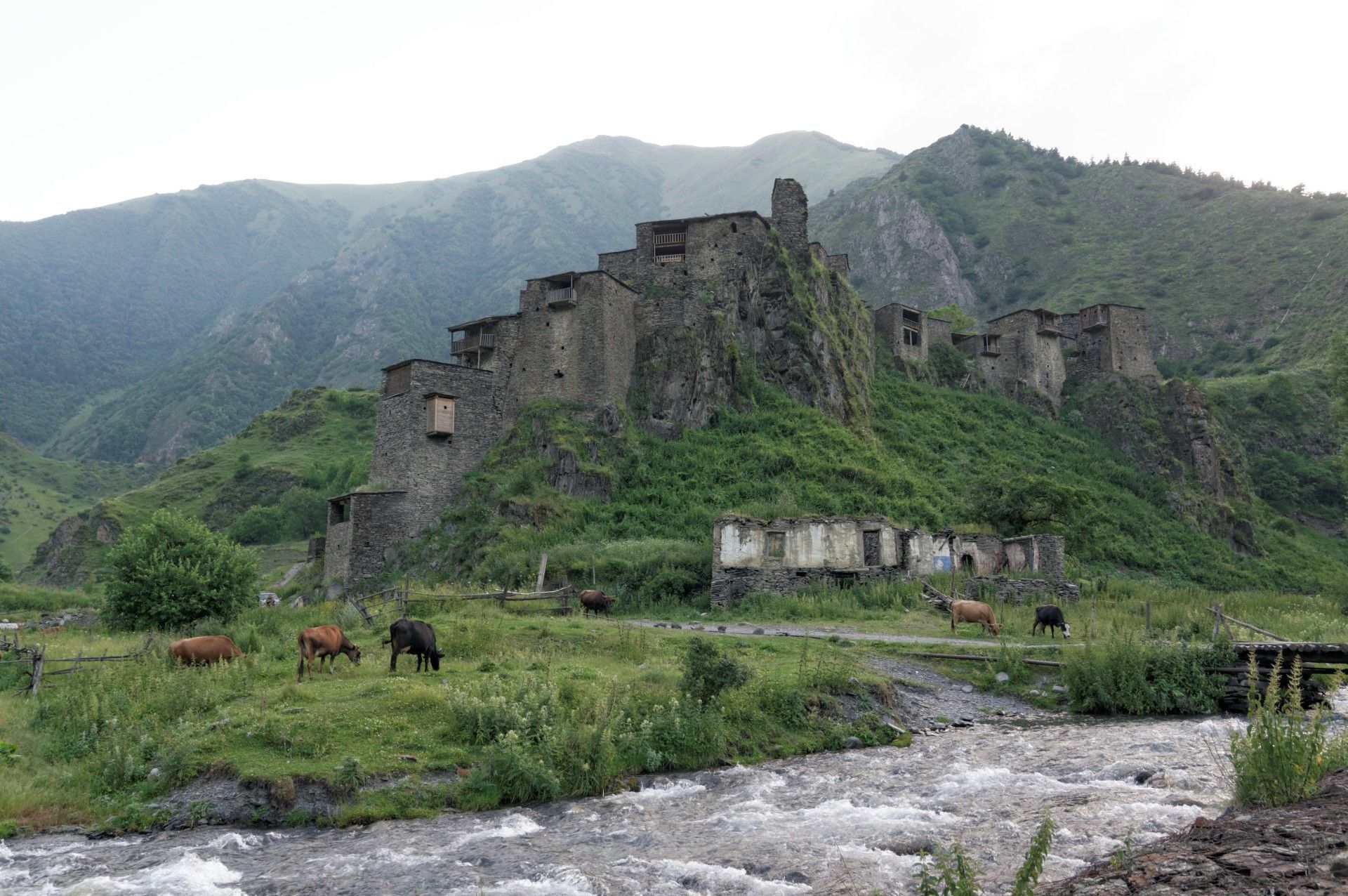
2. Omalo – Gateway to Tusheti
Region: Tusheti
Why Visit: Surrounded by dramatic peaks, Omalo is your base for exploring Tusheti National Park. The traditional stone houses and untouched landscapes make it ideal for
rural tourism in Georgia.
How to Get There: Only accessible by 4WD from late June to mid-October via the Abano Pass—one of the most dangerous and scenic roads in the world.
Where to Stay: Several cozy family-run guesthouses are available. No cell service—pure digital detox!
3. Udabno – Desert Vibes and Monastic Silence
Region: Kakheti
Why Visit: This surreal semi-desert village sits near the David Gareja monastery complex. The contrast between barren hills and ancient frescoes makes it unforgettable.
How to Get There: Around 2 hours from Tbilisi by car.
Where to Stay: Check out Oasis Club, a bohemian-style guesthouse run by travelers-turned-locals.
4. Chazhashi – UNESCO Village in the Heart of Svaneti
Region: Upper Svaneti
Why Visit: Chazhashi is part of Ushguli, one of Europe’s highest inhabited settlements and a UNESCO World Heritage Site. Think medieval towers and jaw-dropping mountain views.
How to Get There: From Mestia, it’s about a 2.5-hour drive on a bumpy road.
Where to Stay: Local guesthouses offer a true taste of Svan hospitality (and food!).
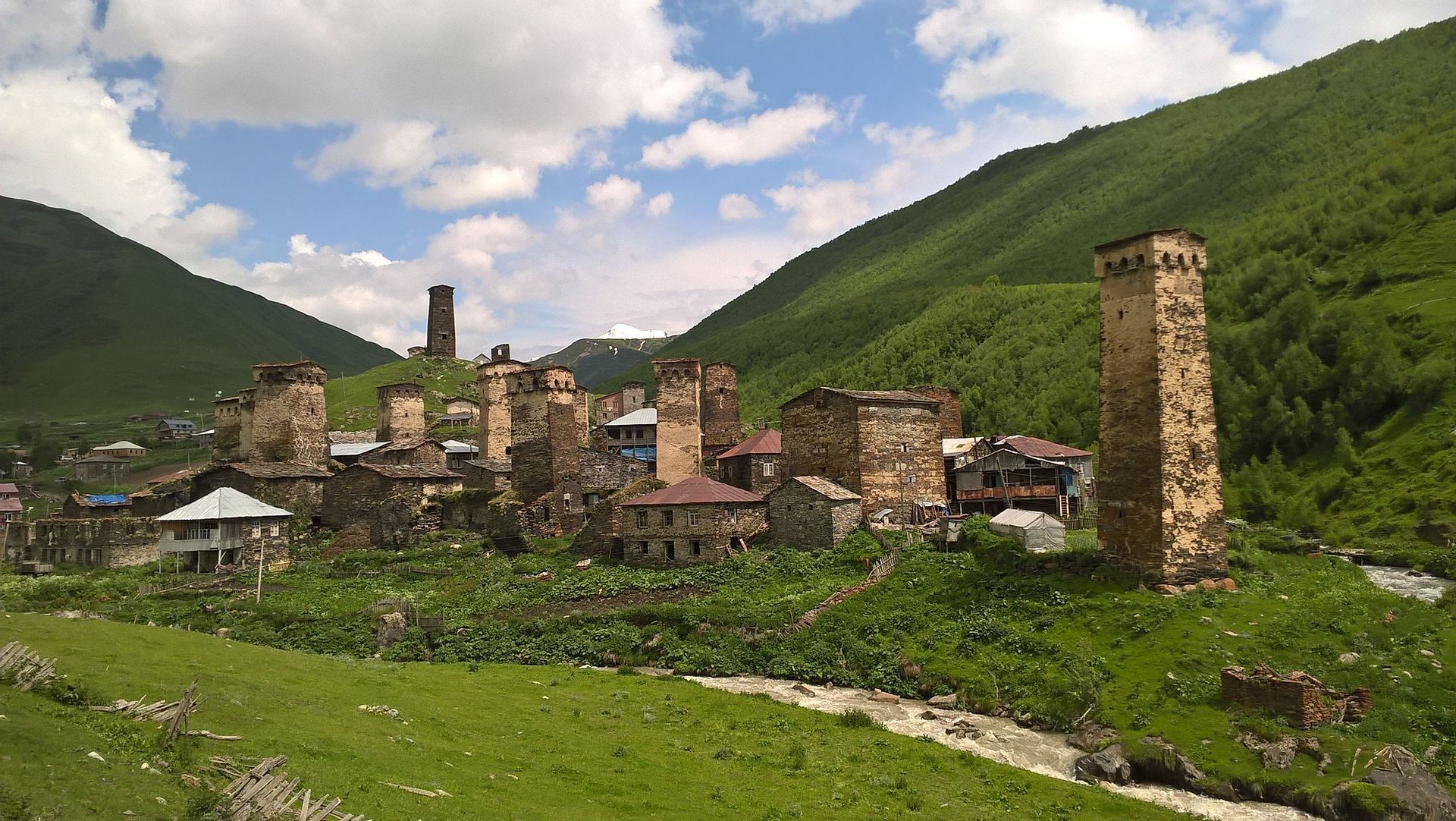
5. Bochorna – Europe’s Highest Village
Region: Tusheti
Why Visit: At over 2,300 meters above sea level, Bochorna is often listed as the highest permanently inhabited village in Europe.
How to Get There: Similar route as Omalo—4WD only during summer months.
Where to Stay: Limited options. Most travelers do day trips or camp nearby.
6. Sno – A Quiet Neighbor of Kazbegi
Region: Mtskheta-Mtianeti
Why Visit: Just 5 km from Stepantsminda, Sno is known for its stone heads—massive sculptures of famous Georgian figures—and tranquil setting.
How to Get There: Easily accessible by taxi or marshrutka from Kazbegi.
Where to Stay: Combine with accommodation in Kazbegi or opt for a homestay in Sno.
7. Tabatskuri – The Lakeside Retreat
Region: Samtskhe-Javakheti
Why Visit: This village sits on the edge of Lake Tabatskuri and offers a peaceful escape with stunning lake and mountain views. It's also home to a unique mix of Armenian and Georgian cultures.
How to Get There: Around 3 hours from Tbilisi, with some rough roads near the end.
Where to Stay: A few guesthouses available, or bring your own tent for a lakeside camping experience.
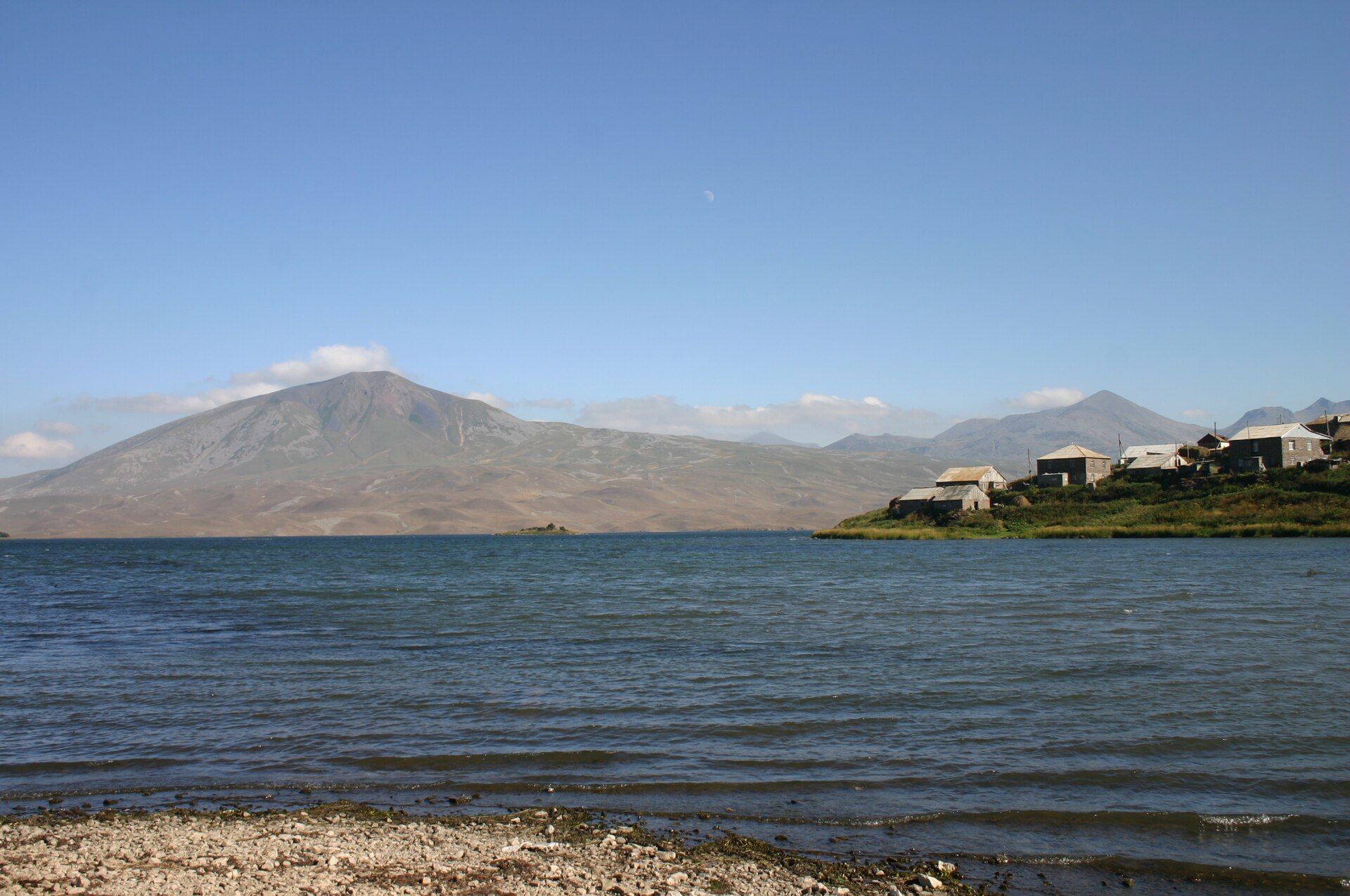
Why Visit These Villages?
Exploring hidden villages in Georgia is more than just a scenic detour—it’s a way to connect with the country's ancient traditions, untouched nature, and warm, welcoming people. These destinations may not have flashy resorts or high-speed internet, but they offer something far more valuable: authenticity.
Whether you're chasing medieval history, mountain air, or moments of solitude, these off-the-beaten-path Georgia spots invite you to slow down and soak up the beauty of the journey.
Planning a trip?
Our team at
Select Georgia Tours can help you organize a personalized experience to these and other rural destinations across Georgia. Let's go beyond the guidebook—together.


